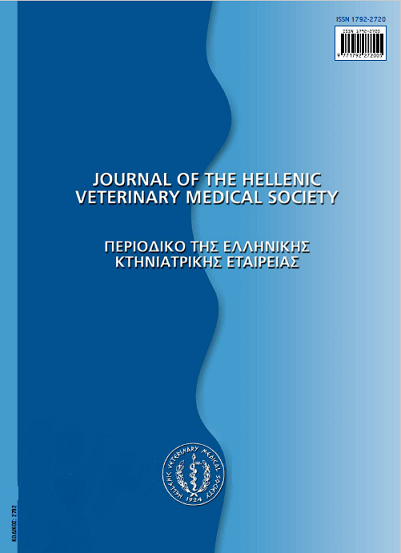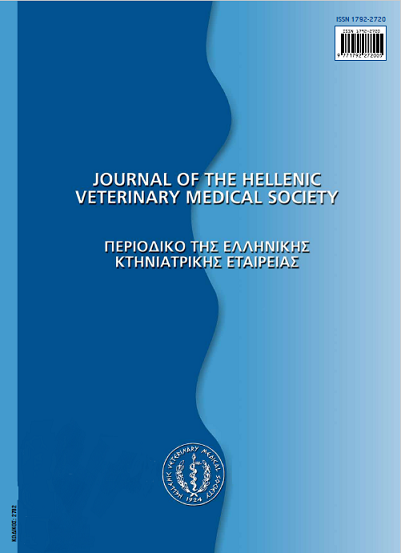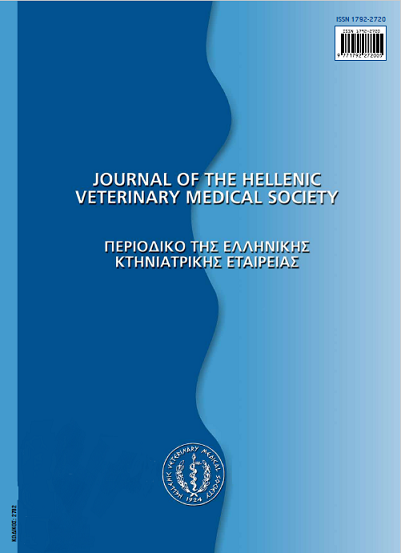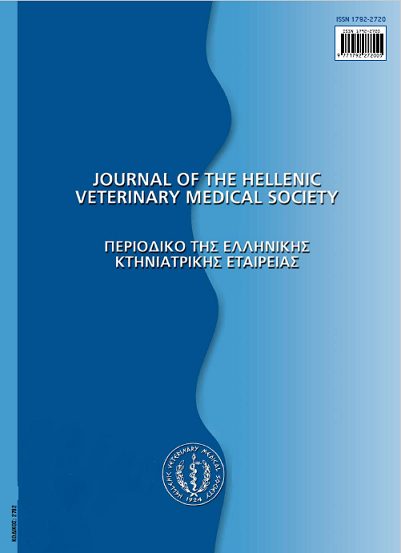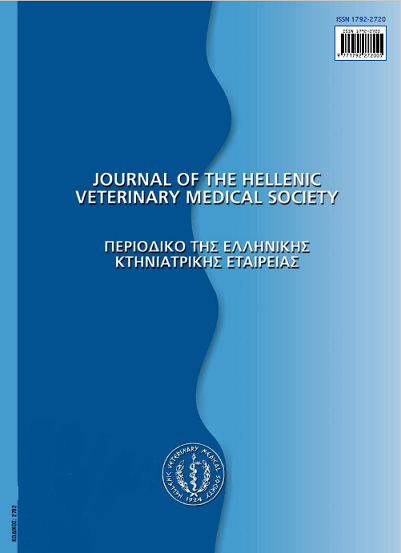Quality policy in the veterinary diagnostic laboratory; the paradigm of application of Good Laboratory Practice
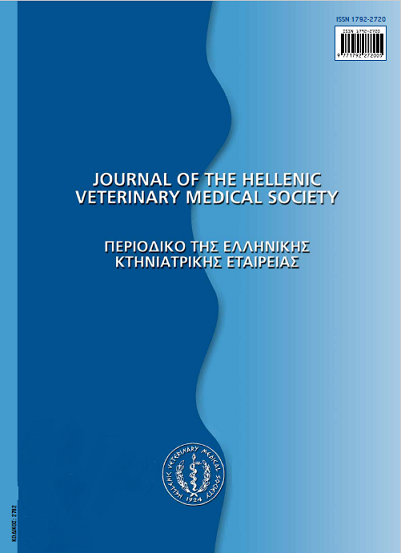
Abstract
A quality system such as the Good Laboratory Practice (GLP) in a veterinary diagnostic laboratory is concerned with the organizational Nprocess and the conditions under which laboratory work is planned, performed, monitored, recorded, archived and reported. The key persons for applying a quality system are the Management (provides resources), the Director (overall responsibility for the technical conduct of analyses Nand for the interpretation, analysis and reporting of results) and the Quality Assurance Person (inspects operational phases and audits documents for the purpose of assuring management that the facilities, equipment, personnel, methods, practices, records and controls are in conformance not only with applicable rules and regulations but also with Standard Operating Procedures and Laboratory Protocols). Furthermore, the Standard Operating Procedures (SOPs) that govern all aspects of daily activities at the laboratory are an essential foundation for the production of reliable data as they, by definition, describe how to perform certain routine laboratory tests or activities. The standardization of methods used for a series of critical phases, such as storage and processing of samples is required in order to eliminate systematic errors and to improve the precision, specificity and long-range stability of laboratory performance.
The correct identification of all samples needs to be systematically checked. For the validation of methods used, particularly in the absence of chemical standards it is helpful to employ inter- and mainly intra laboratory controls. Finally, the disposal of chemical substances and thesafety of the personnel are also of vital interest. All these principles are applicable to a veterinary diagnostic laboratory in order to promote the quality and validity of the data with ultimate goal the contribution to a reliable diagnosis.
Article Details
- How to Cite
-
ATHANASIOU (Λ.Β. ΑΘΑΝΑΣΙΟΥ) L. V. (2017). Quality policy in the veterinary diagnostic laboratory; the paradigm of application of Good Laboratory Practice. Journal of the Hellenic Veterinary Medical Society, 65(3), 139–148. https://doi.org/10.12681/jhvms.15528
- Issue
- Vol. 65 No. 3 (2014)
- Section
- Review Articles
Authors who publish with this journal agree to the following terms:
· Authors retain copyright and grant the journal right of first publication with the work simultaneously licensed under a Creative Commons Attribution Non-Commercial License that allows others to share the work with an acknowledgement of the work's authorship and initial publication in this journal.
· Authors are able to enter into separate, additional contractual arrangements for the non-exclusive distribution of the journal's published version of the work (e.g. post it to an institutional repository or publish it in a book), with an acknowledgement of its initial publication in this journal.
· Authors are permitted and encouraged to post their work online (preferably in institutional repositories or on their website) prior to and during the submission process, as it can lead to productive exchanges, as well as earlier and greater citation of published work.



